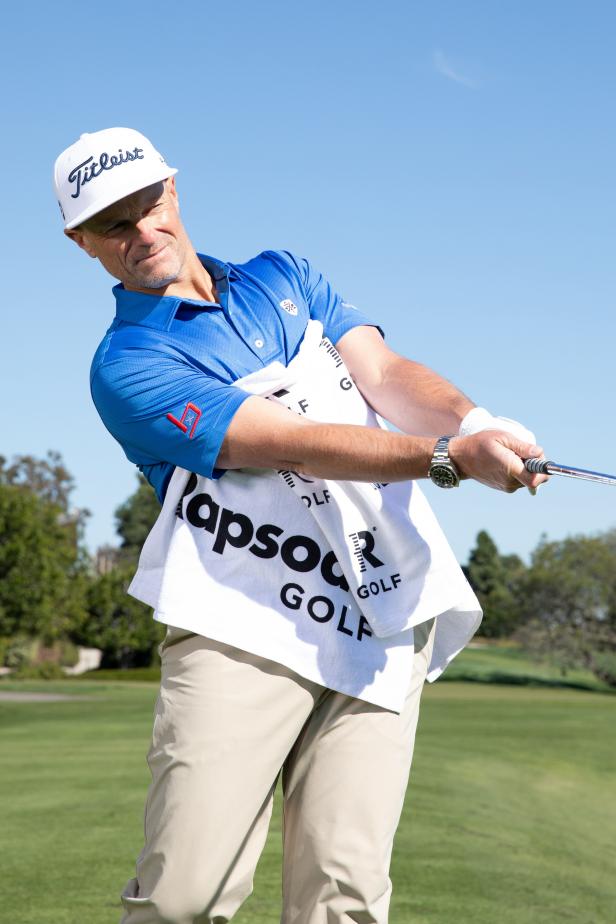In the world of golf, the practice area early in tournament week can look like a garage sale. Players are surrounded by sticks, towels, and training aids of all shapes and sizes. While these various aids serve different purposes, they all have one common goal: providing feedback. This feedback is sensory information that helps golfers adjust their swing movements or positions to get closer to their desired outcome. It tells them whether they are moving in the right direction or the wrong one.
Alignment sticks are a popular training aid that helps golfers with their setup. By guiding the player’s alignment, these sticks help connect what they see with what they are actually doing and how the ball responds. Placing a towel on the ground behind the ball can provide visual feedback to prevent early bottoming out. It can also be used to accentuate body-driven turns on wedge shots. This specific feedback helps players understand how their body movements affect the outcome of their shots.
Coaches sometimes take a more hands-on approach to providing feedback to players. Physical guidance, such as holding a player’s head or bracing a player’s leg, can help them calibrate their movements. However, it is essential for players to understand the specific purpose of each training aid and use them correctly. Utilizing a training aid designed for a different purpose may not yield the desired results and could even hinder performance.
It is crucial for golfers to be clear about their goals when using training aids and ensure they are using the right tool for the job. With effective feedback and consistent practice, players can accelerate their improvement process, similar to how professionals approach their training. By understanding the role of feedback and using the appropriate training aids, golfers can optimize their practice sessions and enhance their skills on the course.
